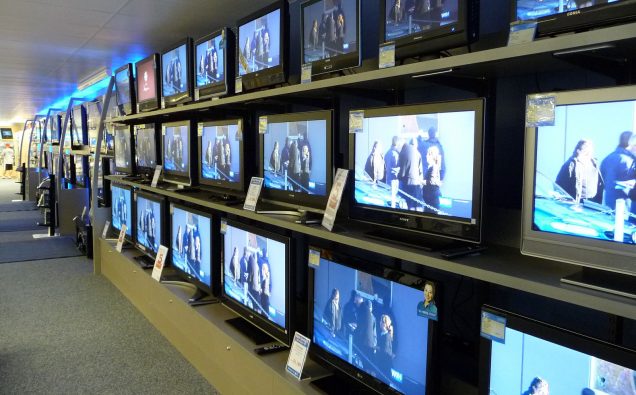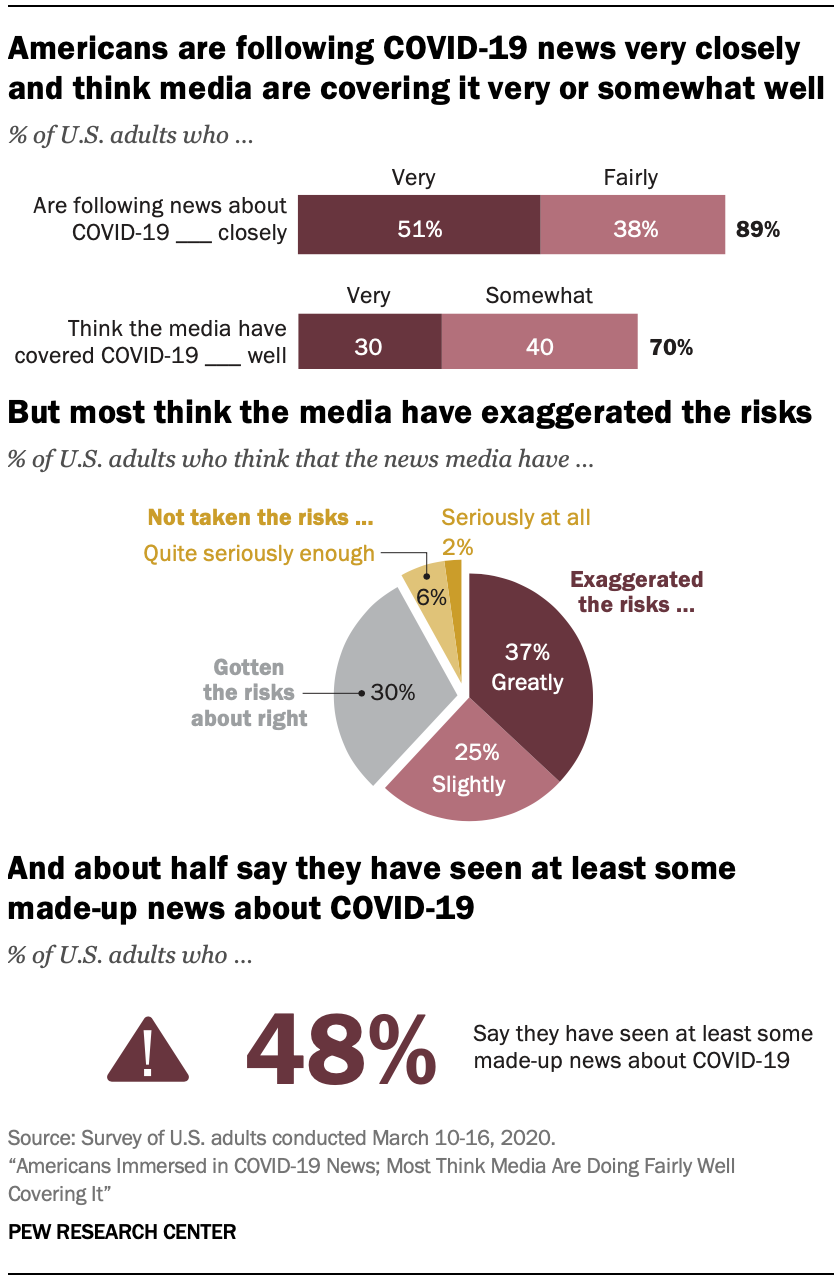
There is so much happening around the world with regard to coronavirus outbreak that I am tempted to recall Vladimir Lenin’s famous quote: “There are decades where nothing happens, and there are weeks where decades happen.”
The coronavirus pandemic is impacting the societies and economies. It is certainly changing the way we have been living for long. In the United States, as in other democratic societies, the the rapidly unfolding COVID-19 outbreak is also a test for a vital organ – the media.
American people are consuming news form various news sources related to COVID-19 and heavily rely on TV channels and the Internet to keep themselves informed. Correspondents reporting from the field and editors working in TV and newspaper newsrooms both have to confirm a lot of information and sift fact from fiction as the society anxiously looks for correct information.
A new survey says at this early stage media outlets have passed the first big test which includes an avalanche of developments as well as health and medical information as the U.S. responds to the challenge.
The Pew Research Center survey March 10-16, 2020 says nearly half of U.S. adults (51%) are following news about the coronavirus very closely, with another 38% following it fairly closely. The survey took place before renewed tensions between President Trump and some major mainstream media outlets as visible from the president’s recent spat with an NBC White House correspondent.
During this period, the number of confirmed cases in the United States spiked from about 650 to over 3,000. President Donald Trump announced a ban on travel to U.S. from European countries and all the schools are closed and universities have shifted their classes online.
Americans give the news media fairly high marks for their coverage of COVID-10, though most think their reporting has at least somewhat exaggerated the risks, the Pew survey finds.
Nearly half the public (48%) say they have been exposed to at least some made-up news and information related to the virus. These finding come from a survey of 8,914 U.S. adults who are members of the Center’s American Trends Panel.

The New York Time newsroom as a speech when as speech was being delivered upon announcement of Pulitzer Prize winners, 2009 Image Credit: Nycmstar / Wikimedia
Republicans and independents who lean Republic are more negative about the news media’s performance than Democratic leaners, according to the survey results.
In Pew Center’s words “overall, the public gives the media fairly high marks when it comes to their coverage of the virus. Fully 70% say the news media are doing very (30%) or somewhat well (40%), while just about three-in-ten say they are doing not too well or not well at all (29%). Three-in -ten feel the media have gotten the level of risk about right.”
The survey finds also shed light on anxieties and concerns of Americans as people, when asked about what they think a vaccine for COVID-19 could be available, 49% say it would not be until a year or more.

Here are some other interesting revelations coming out of the survey:
About two-in-ten Americans believe a vaccine could be available within a few months, reflecting made by others, including some from president Trump. Both parties have different opinions about media coverage. Half or more of both parties say they have mostly gotten facts across their mix of sources, though Democratic say this more than Republics (70% vs 54%). A third of republicans say they gotten conflicting facts, compared with 20% of Democrats. Republicans and Republican-leaning independents are more likely than Democrats and Democratic leaners to say they have seen made-up news about COVID-19: 53% vs 42%. Made-up news about the coronavirus has ranged from fake cures to false news report to conspiracy theories. These efforts seem to have had at least some impact on the American public.”
The end note, however, seems positive for the media, which for long has been doing the taks of reporting in a politically polarized environment – despite all the ideological differences between media outlets, they are doing an laudable job in covering Covid-19 pandemaic.





![By Fabio Lanari (Internet1.jpg by Rock1997 modified.) [GFDL (http://www.gnu.org/copyleft/fdl.html) or CC BY-SA 4.0-3.0-2.5-2.0-1.0 (https://creativecommons.org/licenses/by-sa/4.0-3.0-2.5-2.0-1.0)], via Wikimedia Commons](https://www.viewsnews.net/wp-content/uploads/2017/11/Internet2.jpg)













